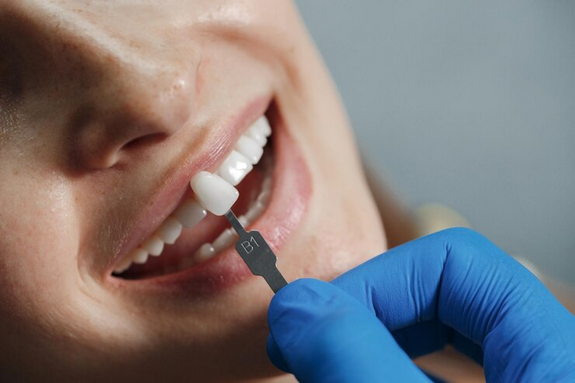Introduction:
In the realm of dentistry, bone grafting stands as a remarkable technique that has revolutionized the way dentists address various oral health concerns, particularly in the context of tooth replacement and restoration. Bone grafting, a procedure that involves the transplantation or augmentation of bone tissue, plays a pivotal role in ensuring the success of dental implants and other restorative treatments. This article aims to delve into the intricacies of bone grafting for teeth, exploring its significance, techniques, and advancements in the field, ultimately highlighting its role in fostering stronger and healthier teeth.
Understanding Bone Grafting:
Bone grafting is a surgical procedure designed to augment or regenerate bone in areas where it is deficient or has been lost due to injury, disease, or trauma. In dentistry, bone grafts are commonly used to facilitate dental implant placement, treat periodontal disease, and restore bone volume for improved aesthetics and function. The procedure involves transplanting bone tissue from one area of the body (autograft), another individual (allograft), or synthetic materials (alloplastic grafts) to the recipient site, stimulating new bone formation and integration.
Significance of Bone Grafting in Dentistry:
The significance of bone grafting in dentistry cannot be overstated, particularly in the context of dental implantology. Dental implants serve as artificial tooth roots, providing a stable foundation for prosthetic teeth. However, successful implantation relies heavily on the availability of adequate bone volume and density in the implant site. Bone grafting addresses bone deficiencies, enabling implant placement even in challenging cases where bone loss has occurred due to factors such as periodontal disease, trauma, or prolonged tooth loss.
Techniques of Bone Grafting:
Several techniques are employed in bone grafting procedures, each tailored to the specific needs of the patient and the desired outcome. Common techniques include:
Autogenous Bone Grafts: In this technique, bone tissue is harvested from the patient's own body, typically from the chin, jaw, hip, or tibia. Autogenous bone grafts are considered the gold standard due to their excellent biocompatibility and ability to promote new bone growth.
Allografts: Allografts involve the use of bone tissue sourced from a human donor. These grafts are processed to remove cellular components while retaining the bone matrix. Allografts are widely utilized in bone grafting procedures due to their availability and reduced morbidity compared to autografts.
Xenografts: Xenografts utilize bone tissue sourced from non-human animals, such as bovine or porcine sources. These grafts are processed to remove organic components, leaving behind a scaffold that facilitates new bone formation. Xenografts offer an alternative for patients who are not suitable candidates for autografts or allografts.
Alloplastic Grafts: Alloplastic grafts consist of synthetic materials such as calcium phosphates, hydroxyapatite, or bioactive glass. These grafts provide structural support and serve as scaffolds for new bone formation. Alloplastic grafts are biocompatible and eliminate the need for tissue harvesting from the patient's body.
Advancements in Bone Grafting:
Recent advancements in bone grafting techniques and materials have further enhanced the efficacy and outcomes of dental bone grafting procedures. These advancements include:
Growth Factors: The incorporation of growth factors such as bone morphogenetic proteins (BMPs) and platelet-rich plasma (PRP) has shown promising results in accelerating bone regeneration and enhancing graft integration.
Guided Bone Regeneration (GBR): GBR techniques utilize barrier membranes to prevent soft tissue invasion into the graft site, allowing undisturbed bone regeneration. The use of resorbable membranes has simplified the GBR procedure and improved patient comfort.
Computer-Aided Design/Computer-Aided Manufacturing (CAD/CAM): CAD/CAM technology enables precise preoperative planning and fabrication of custom-made bone grafts and implants, enhancing surgical accuracy and outcomes.
Conclusion:
In conclusion, bone grafting stands as a cornerstone in modern dentistry, facilitating the achievement of stronger and healthier teeth through various restorative procedures. Understanding the significance, techniques, and advancements in bone grafting is crucial for dental professionals seeking to provide optimal care for their patients. With continued research and technological innovations, bone grafting will undoubtedly continue to play a pivotal role in transforming smiles and restoring oral health for years to come.





Comments